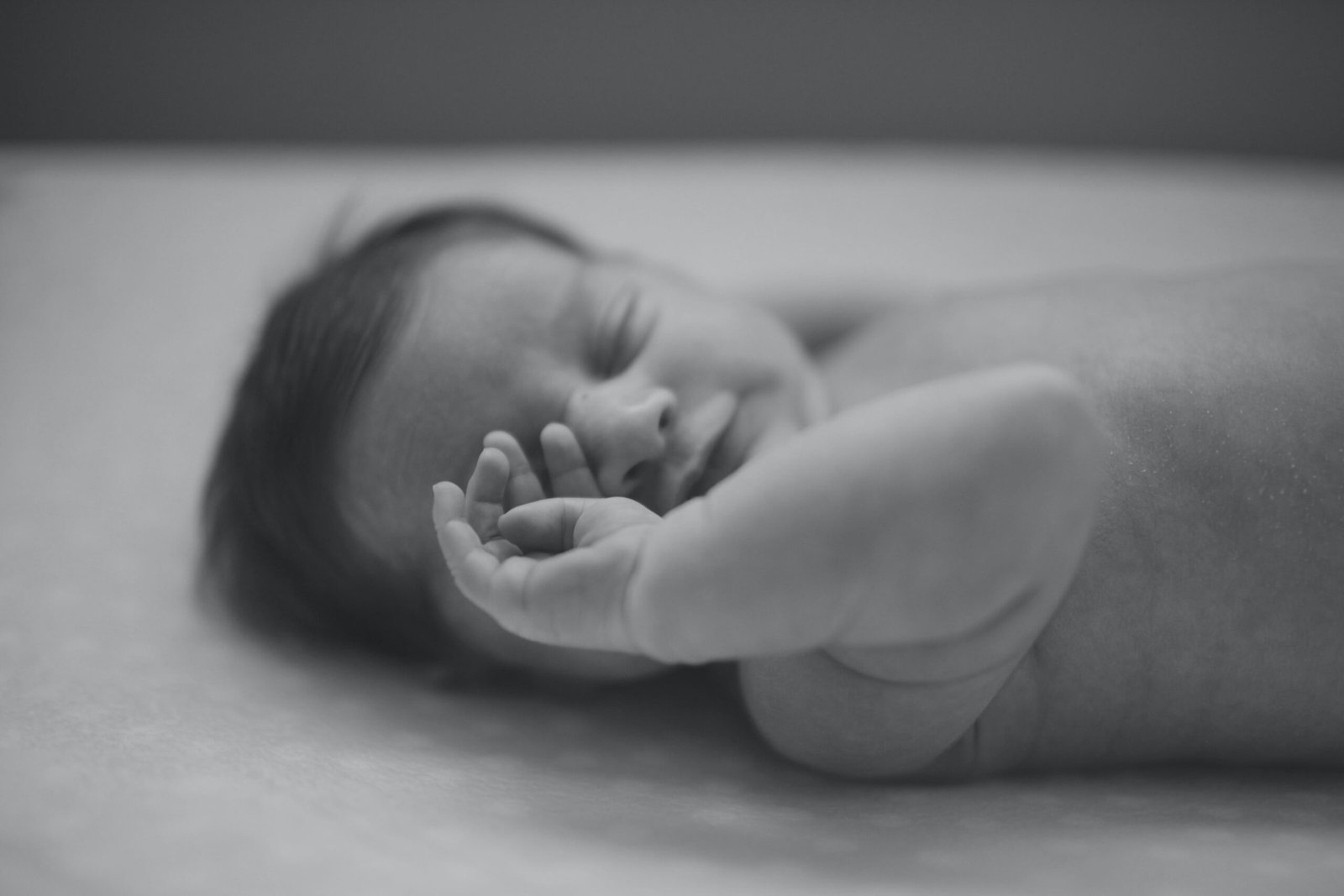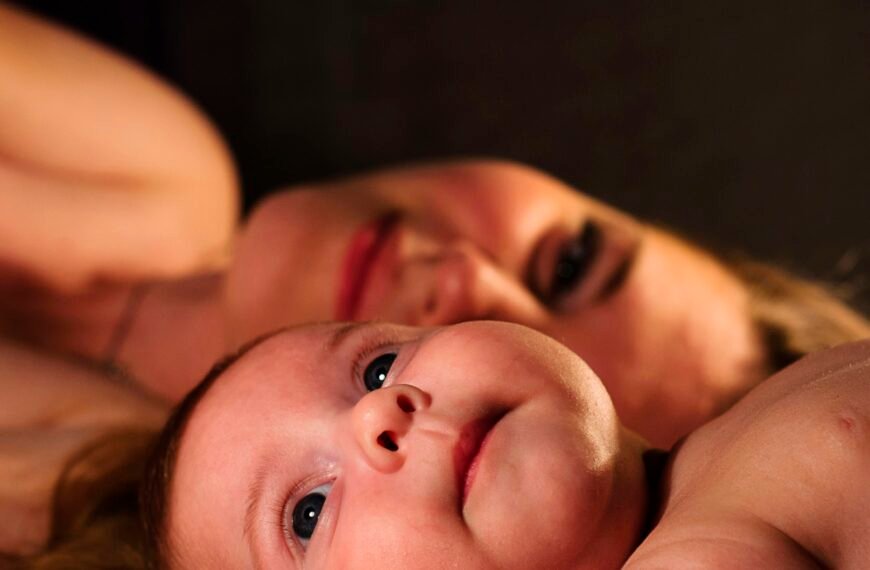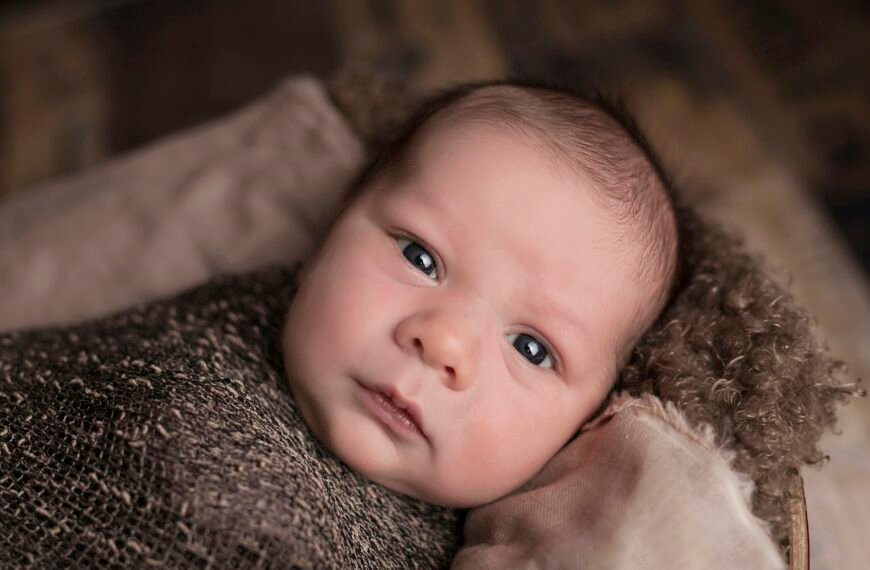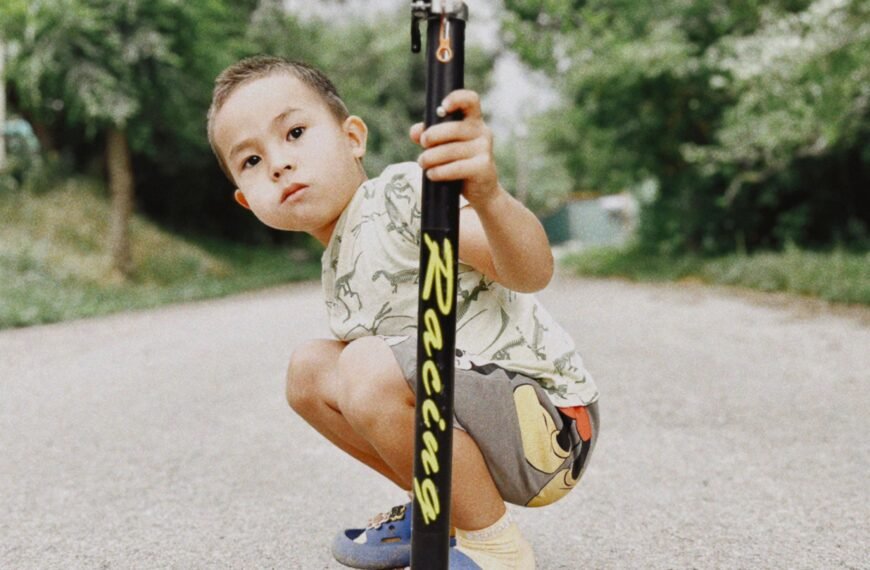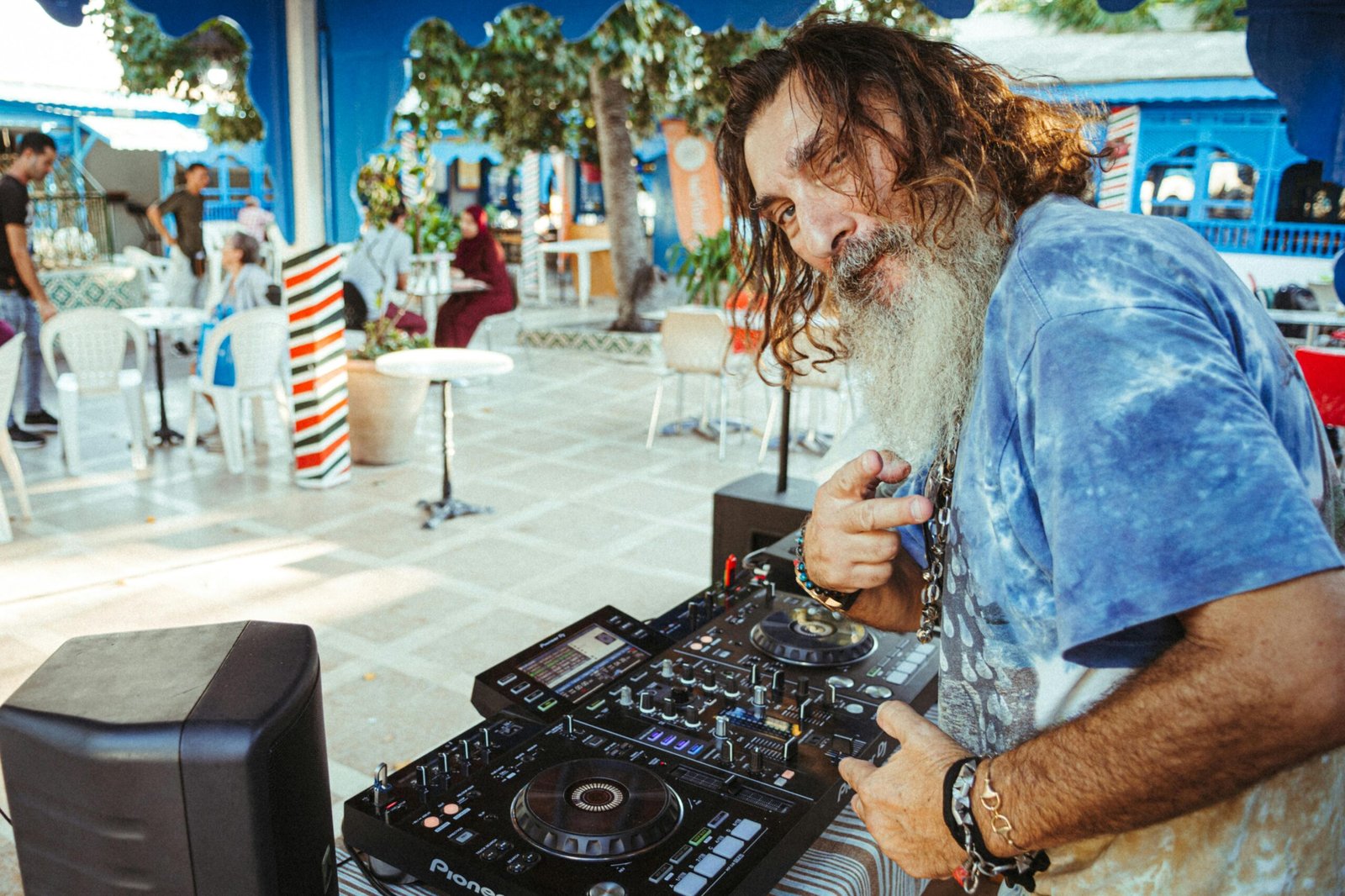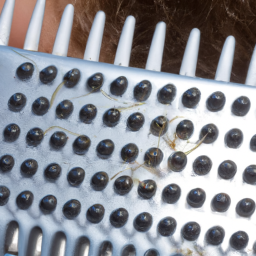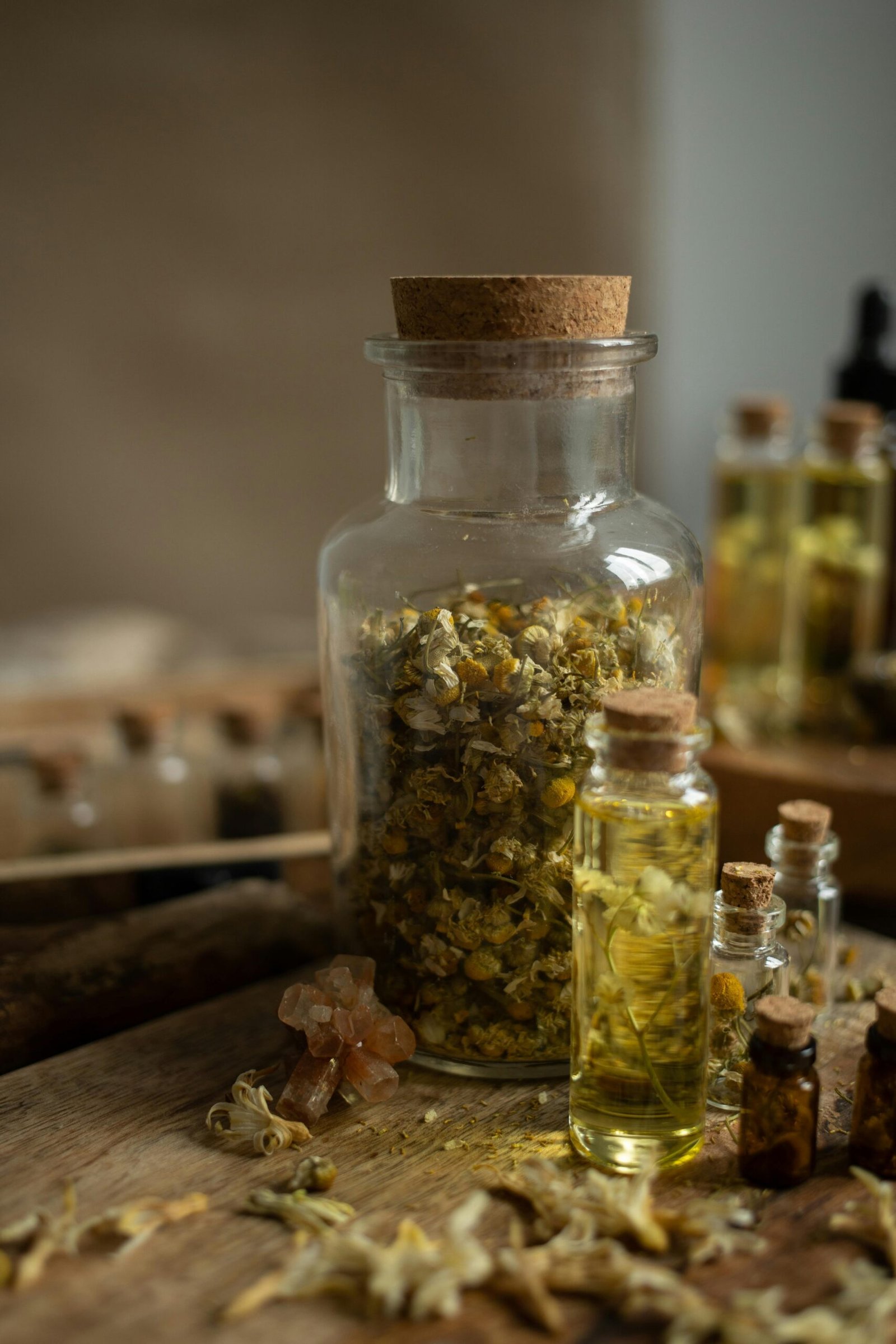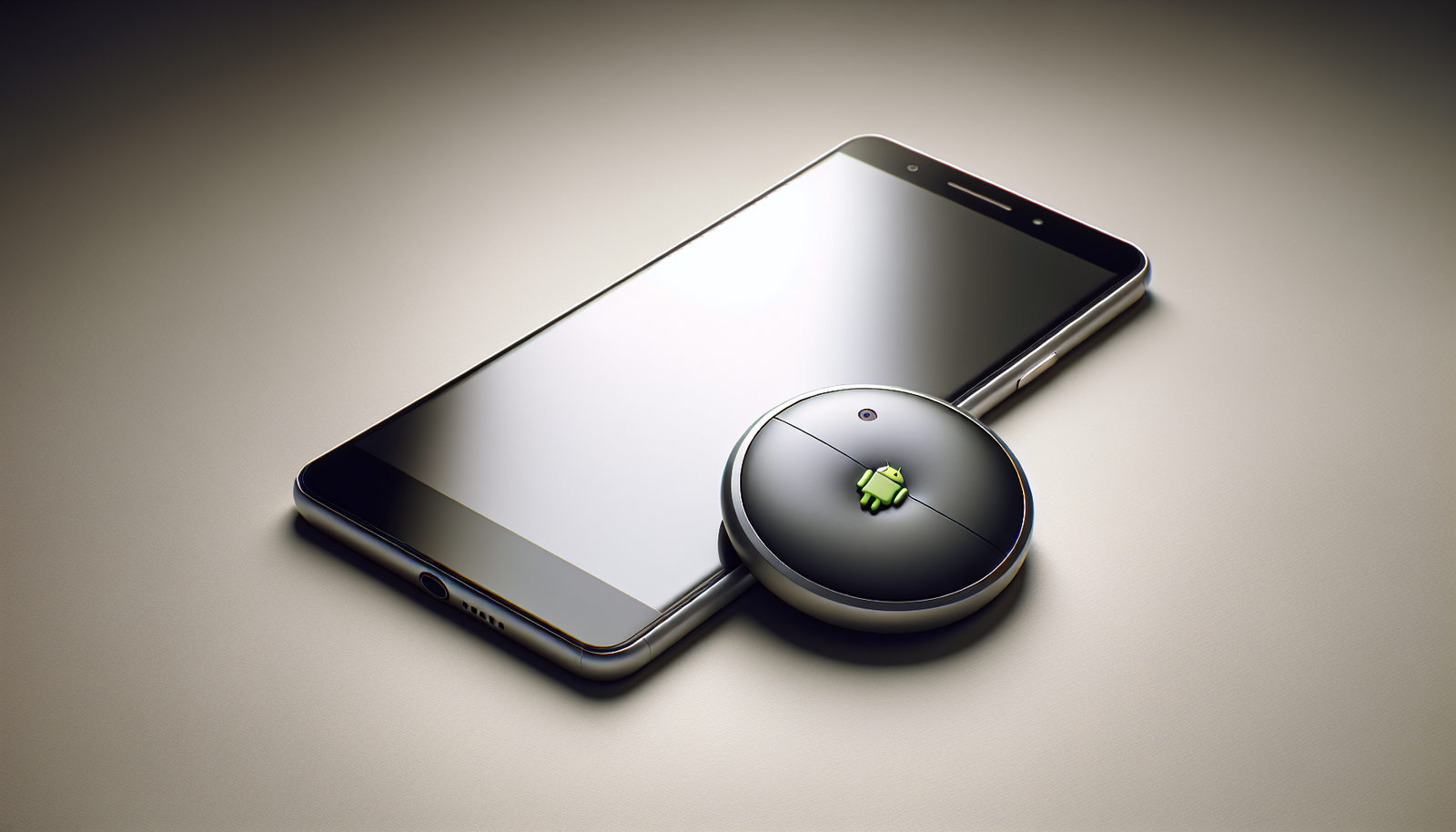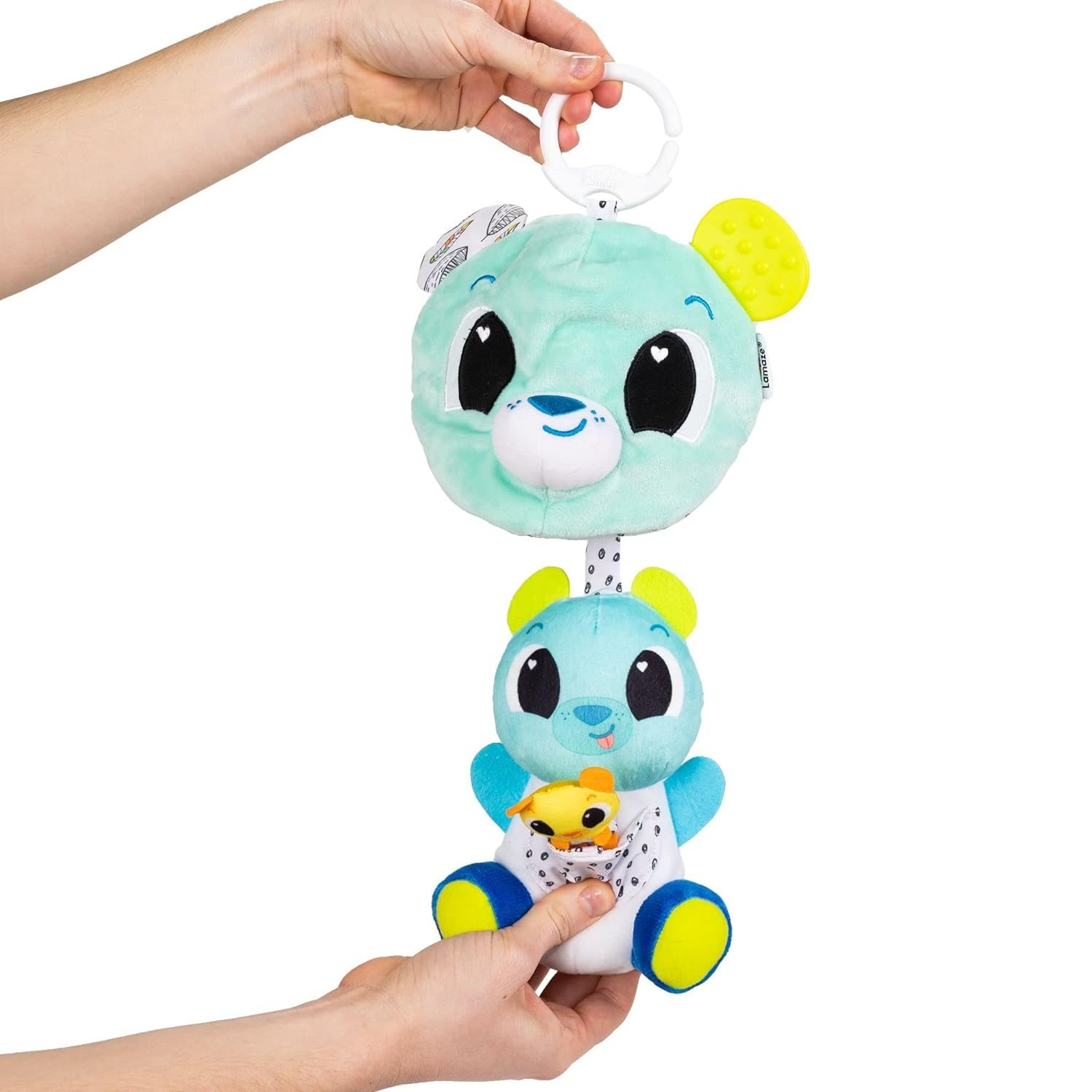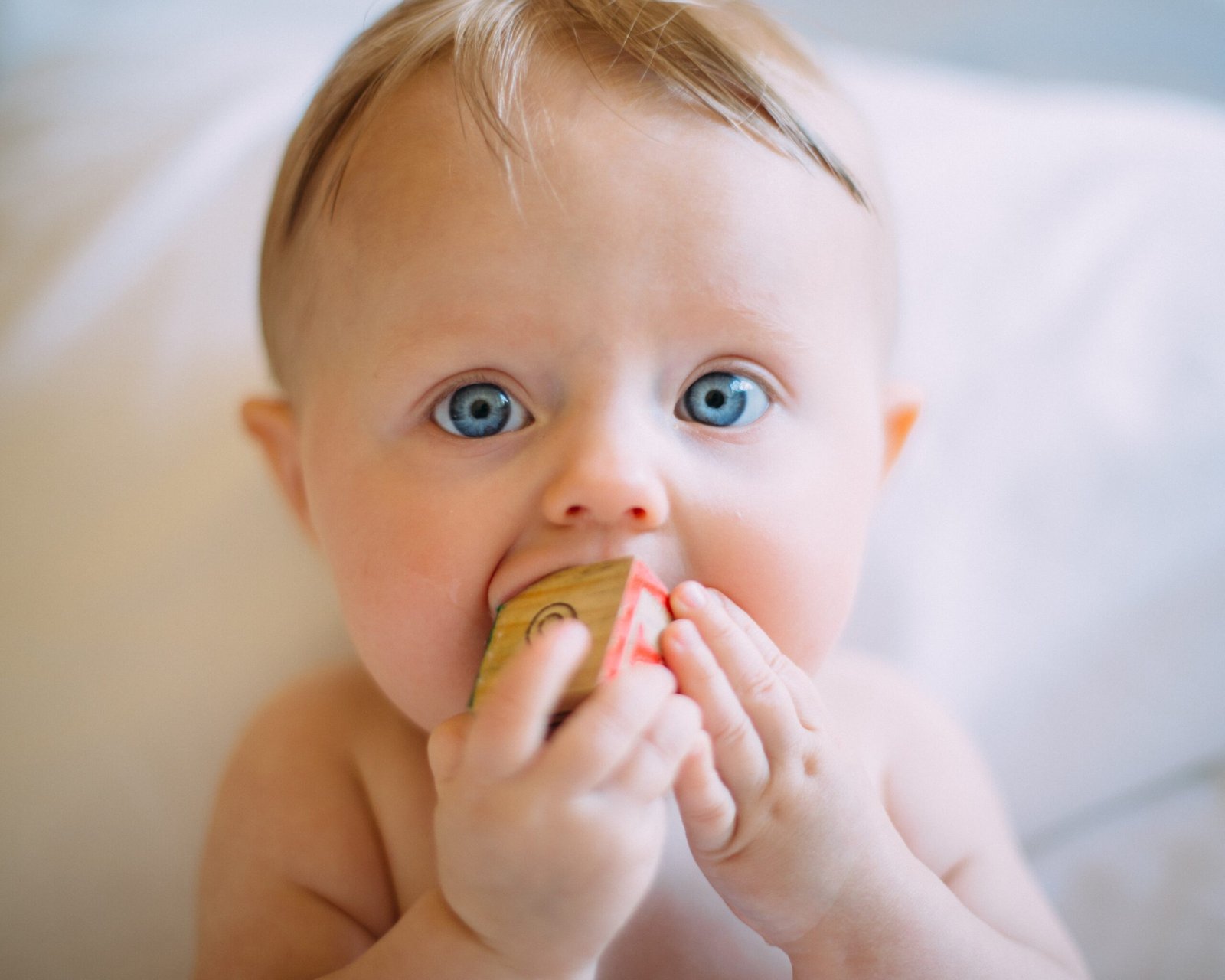Keeping your baby’s toys clean is an important part of maintaining their overall health and well-being. Knowing what products to use when cleaning their toys can help ensure that they are free from harmful germs, bacteria, and other potential hazards. In this article, we will explore different safe and effective cleaning options for baby toys, providing you with the knowledge you need to keep your little one’s playthings squeaky clean. From gentle soap and water to natural disinfectants, we’ve got you covered when it comes to maintaining a hygienic environment for your baby.
Check Baby Toys Guide & Review
Suitable Cleaning Products
To keep your baby’s toys safe and clean, it’s important to use the right cleaning products. Here are some suitable options:
Mild Dish Soap
Mild dish soap is a versatile and effective cleaning product for most baby toys. It is gentle yet tough enough to remove dirt, grime, and bacteria. Mix a small amount of dish soap with warm water, and use a sponge or cloth to gently scrub the toys. Rinse them thoroughly and allow them to air dry.
Vinegar Solution
Vinegar is a natural, non-toxic cleaning agent that can be used to disinfect baby toys. Mix equal parts of white vinegar and water in a spray bottle. Spray the solution onto the toys, and wipe them clean with a cloth or sponge. Vinegar helps kill germs and remove stains, leaving the toys fresh and sanitized.
Baking Soda Solution
Baking soda is another safe and effective cleaning product for baby toys. Make a paste by mixing baking soda with water, and apply it to the toys using a sponge or cloth. Gently scrub the toys, then rinse and dry them. Baking soda helps remove odors and stains, making the toys clean and fresh.
Baby-Safe Cleaning Products
There are also specially formulated cleaning products available on the market that are designed specifically for baby toys. These products are made with gentle, baby-safe ingredients and are free from harsh chemicals. Be sure to follow the manufacturer’s instructions when using these products to ensure the toys are properly cleaned and safe for your little one.
General Cleaning Guidelines
Follow these general cleaning guidelines to maintain the cleanliness and safety of your baby’s toys:
Read the Manufacturer’s Instructions
Before you start cleaning a specific toy, always read the manufacturer’s instructions. Some toys may have specific cleaning recommendations or instructions to ensure their longevity. Following these instructions will help you clean the toys effectively without causing any damage.
Regular Cleaning Routine
Establishing a regular cleaning routine is crucial for keeping your baby’s toys in good condition. Set aside a specific day or time each week to clean the toys. Regular cleaning helps prevent the buildup of dirt, bacteria, and germs, ensuring that your baby can play with clean and hygienic toys.
Spot Cleaning
For toys that are used frequently or come into contact with food or liquids, spot cleaning is essential. Keep a cleaning spray or wipes handy for quick and easy cleaning on the go. Wipe down the toys with a damp cloth or spray and wipe them clean regularly, especially after meals or outdoor play.
Deep Cleaning
Deep cleaning should be done every few months for a thorough and comprehensive cleaning. This involves using the suitable cleaning products mentioned earlier and giving the toys a more intensive clean to remove any accumulated dirt, germs, or stains.
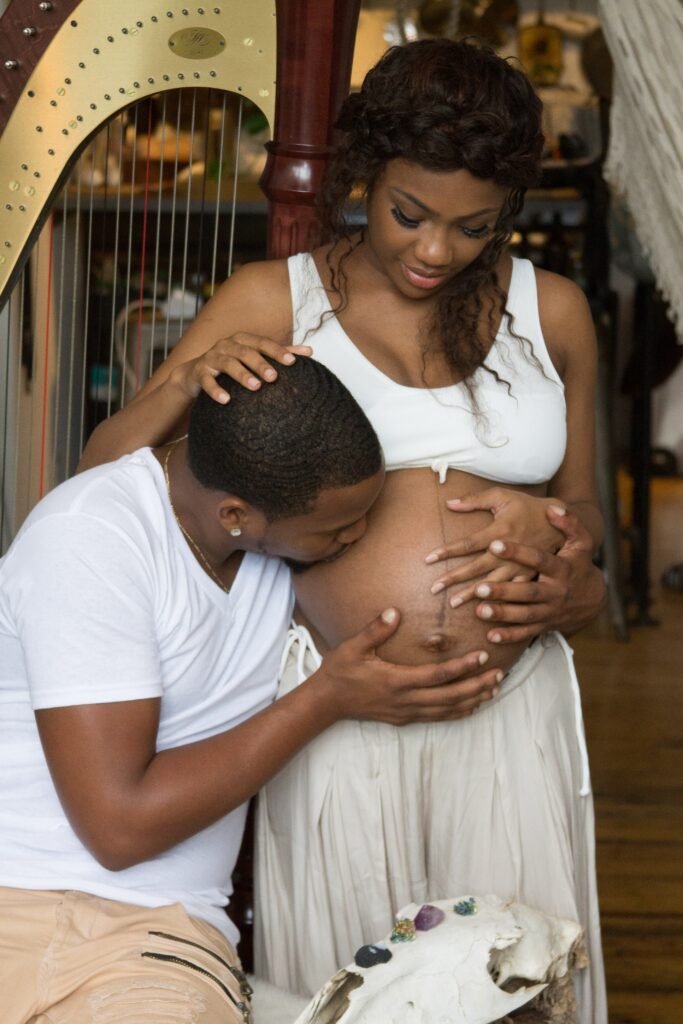
Cleaning Specific Toy Materials
Different toy materials require different cleaning methods. Here’s how to clean baby toys made from various materials:
Plastic Toys
Most baby toys are made from plastic, which is relatively easy to clean. Wash plastic toys with mild dish soap and warm water. Use a sponge or cloth to scrub the toys gently, paying extra attention to any crevices or hard-to-reach areas. Rinse them thoroughly and allow them to air dry. Avoid using harsh chemicals or abrasive cleaners that can damage the plastic.
Rubber or Silicone Toys
Rubber or silicone toys, such as teething rings and bath toys, should be cleaned with mild dish soap and warm water. Scrub them gently with a soft cloth or sponge. Be sure to remove any soap residue by rinsing them thoroughly. Air drying is the best option for these toys, as excessive moisture can promote the growth of mold or fungus.
Wooden Toys
Wooden toys should be cleaned with a mild dish soap and water solution. Use a soft cloth or sponge to scrub them gently, and be sure to avoid excessive moisture. To protect the wood, it’s recommended to apply a food-grade surface sealer or beeswax after cleaning. This will help maintain the toy’s appearance and prevent any potential splintering.
Fabric or Plush Toys
Fabric or plush toys require special care when cleaning. Check the care instructions on the toy’s label, if available. If they are machine washable, place them in a laundry bag or pillowcase to protect them during the wash cycle. Use a gentle detergent and wash them on a delicate setting. Air dry or use a low-heat setting in the dryer. For non-machine washable toys, spot clean them with a mild soap and water solution. Use a cloth to blot the stains gently, and allow them to air dry completely.
Sanitizing Methods
To ensure that your baby’s toys are not only clean but also sanitized, here are some effective methods:
Using Boiling Water
For toys that are waterproof and made of materials such as plastic or silicone, boiling water can be used to sanitize them. Immerse the toys in boiling water for a few minutes, then carefully remove them using tongs or a heat-resistant tool. Let them cool and dry completely before returning them to your baby.
Using a Dishwasher
Some toys, particularly those made of hard plastic, can be safely sanitized in the dishwasher. Place them in the top rack and use a gentle cycle with hot water. Make sure to check the manufacturer’s instructions to confirm that the toy is dishwasher safe.
Using a Sterilizer
If you prefer a more convenient sanitizing method, consider using a baby bottle sterilizer or a microwave steam sterilizer. These devices effectively sterilize baby toys by using steam. Follow the manufacturer’s instructions on how to use the sterilizer for the best results.
Using Bleach or Hydrogen Peroxide
For toys that can withstand stronger sanitizing agents, diluted bleach or hydrogen peroxide solutions can be used. Mix one part bleach or hydrogen peroxide with nine parts water, and carefully wipe the toys with the solution. Rinse them thoroughly with water afterward and allow them to air dry. Ensure that the toys are completely dry before giving them back to your baby.

Cleaning Teething Toys
Teething toys require special attention to ensure that they are clean and safe for your baby to chew on. Here are some effective cleaning methods:
Freezing Method
Freezing teething toys can help kill bacteria and provide soothing relief to your baby’s gums. Wash the toys with mild dish soap and water, then rinse them thoroughly. Place the toys in a clean, sealable bag and put them in the freezer for a few hours. The cold temperature will help sanitize the toys and provide a soothing sensation for your little one.
Boiling Method
For teething toys made of silicone or hard plastic, the boiling method is an effective way to sanitize them. Place the toys in a pot of boiling water and let them boil for a few minutes. Use tongs or a heat-resistant tool to remove the toys from the boiling water and place them on a clean towel to cool and dry before giving them to your baby.
Vinegar Soak Method
Vinegar is a natural and safe cleaning agent that can be used to sanitize teething toys. Fill a bowl with equal parts white vinegar and water, and place the toys in the solution. Let them soak for about 15 minutes, then rinse them thoroughly with water and allow them to air dry.
Steam Sterilization Method
If you have a baby bottle sterilizer or microwave steam sterilizer, you can also use it to sanitize teething toys. Follow the instructions provided with the sterilizer to ensure proper usage, and make sure the toys are completely dry before giving them to your baby.
Cleaning Bath Toys
Bath toys are prone to accumulating dirt, mildew, and mold due to exposure to water. Keep them clean and safe with these cleaning methods:
Disassemble and Soak
Many bath toys have detachable parts that can be removed for easy cleaning. Disassemble the toys and soak them in a mixture of mild soap and warm water. Use a soft cloth or sponge to scrub the toys and remove any debris or soap residue. Rinse them thoroughly and allow them to air dry before reassembling them.
Bleach Bath
If you notice mold or mildew buildup on bath toys, a bleach bath can effectively clean and sanitize them. Prepare a solution of 1/2 cup bleach diluted in 1 gallon of water. Submerge the toys in the solution and let them soak for 10-15 minutes. Rinse the toys thoroughly with water afterward and allow them to air dry completely.
Vinegar Soak
Vinegar is a natural cleaning agent that can help remove residue and prevent the growth of mold or mildew. Fill a bucket or basin with equal parts white vinegar and warm water. Let the bath toys soak in the solution for 15-20 minutes, then rinse them thoroughly and allow them to air dry.
Baking Soda Scrub
For bath toys with stubborn stains or grime, a baking soda scrub can help remove them effectively. Make a paste by mixing baking soda with a small amount of water. Use a sponge or cloth to apply the paste to the toys, scrubbing gently to remove any dirt or stains. Rinse the toys thoroughly and allow them to air dry.
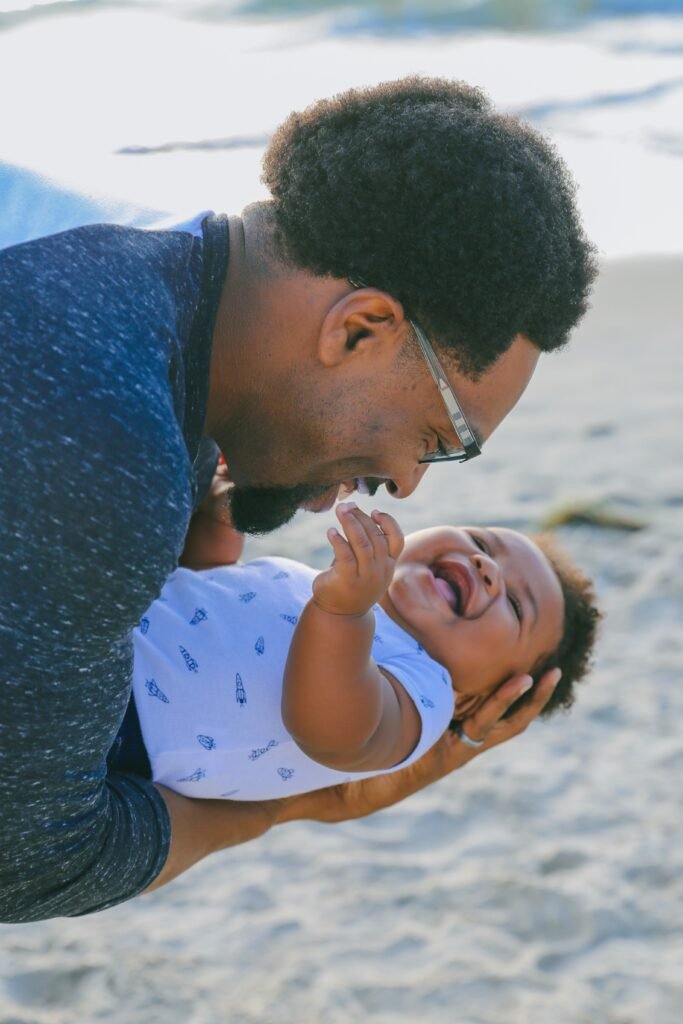
Cleaning Electronic Toys
Electronic toys can be trickier to clean due to their electrical components. Here’s how to safely clean them:
Check Manufacturer’s Instructions
Before cleaning electronic toys, always refer to the manufacturer’s instructions for specific cleaning recommendations. Some electronic toys may have parts that are not waterproof and should not be submerged in water.
Using Disinfectant Wipes
Disinfectant wipes are a convenient option for cleaning electronic toys. Ensure the wipes are safe for use on electronic surfaces, and gently wipe down the toy, paying attention to any buttons or crevices. Allow the toy to air dry before giving it back to your baby.
Using a Safe Cleaning Solution
For electronic toys that can be submerged in water or have removable parts, a mild soap and water solution can be used. Dip a cloth or sponge into the solution, wring out any excess liquid, and gently wipe down the toy. Avoid getting water or soap into any openings or connectors. Rinse the toy with a clean, damp cloth and allow it to air dry completely.
Cleaning Soft Books or Board Books
Soft books and board books are a great way to introduce your baby to reading. Here’s how to keep them clean and in good condition:
Wipe With a Damp Cloth
For soft books or board books, it’s important to avoid excessive moisture. Start by wiping the covers and pages with a slightly damp cloth. Make sure the cloth is not too wet to prevent damage to the pages or cardboard.
Using Mild Soap and Water
For more stubborn stains or spills on soft books or board books, use a mild soap and water solution. Dip a cloth or sponge into the solution and gently scrub the affected areas. Be careful not to saturate the books with too much water. Rinse the cloth with clean water and wipe away any soap residue. Allow the books to air dry completely before storing or using them again.
Avoid Excessive Moisture
Remember to avoid excessive moisture when cleaning soft books or board books. Excess water can cause pages to warp or cardboard to disintegrate. Always make sure the books are completely dry before storing them to prevent mold or mildew growth.
Cleaning Bath Books
Bath books are designed to be used in water, but they still require regular cleaning. Follow these steps to keep your baby’s bath books clean and safe:
Rinse and Dry After Each Use
After each bath, rinse the bath books with clean water to remove any soap or shampoo residue. Squeeze out any excess water and shake the books gently to remove any trapped water inside.
Using Mild Detergent
When you notice that bath books need a more thorough clean, use a mild detergent. Fill a sink or basin with warm water and add a small amount of gentle baby detergent. Submerge the books in the soapy water and use a soft brush or cloth to gently scrub them. Pay extra attention to any soiled or stained areas. Rinse the books with clean water and squeeze out the excess water.
Air Dry Completely
To prevent the growth of mold or mildew, it’s essential to allow bath books to air dry completely after cleaning them. Lay them flat on a clean towel or hang them up using a clothespin or clip. Avoid direct sunlight or hot surfaces that can cause the books to warp. Once the books are fully dry, they are ready to be used again during bath time.
Cleaning Pacifiers and Teethers
Pacifiers and teethers go into your baby’s mouth regularly, so they should be cleaned frequently. Here are some methods to effectively clean and sanitize these essential baby items:
Boil in Water
Pacifiers and teethers made of silicone can be boiled to effectively kill bacteria and sanitize them. Place the items in a pot of boiling water and let them boil for a few minutes. Use tongs or a heat-resistant tool to remove them from the boiling water and place them on a clean towel to cool and dry completely.
Sterilizing Solution
You can also use a baby bottle sterilizing solution to clean pacifiers and teethers effectively. Follow the instructions on the solution’s packaging for the recommended dilution and soaking time. Rinse the items thoroughly with clean water afterward and allow them to air dry.
Dishwasher Cleaning
For pacifiers and teethers that are dishwasher safe, you can place them in the top rack of the dishwasher. Use a gentle cycle with hot water to sanitize them effectively. Check the manufacturer’s instructions to confirm that the items are dishwasher safe.
Wipe with a Vinegar Solution
To clean pacifiers or teethers quickly on the go, wipe them down with a vinegar solution. Fill a small spray bottle with equal parts white vinegar and water. Spray the solution onto the pacifier or teether and wipe it clean with a cloth or paper towel. Vinegar’s natural disinfectant properties will help remove bacteria and keep them clean between thorough cleanings.
In conclusion, maintaining clean and safe toys for your baby is important for their health and well-being. By using suitable cleaning products, following general cleaning guidelines, and employing specific cleaning methods for different toy materials, you can ensure that your baby’s toys are clean, sanitized, and ready for playtime. Remember to regularly clean teething toys, bath toys, electronic toys, soft books, and pacifiers/teethers to keep them in the best condition for your little one. With the right cleaning routine and methods, you can provide your baby with a hygienic and enjoyable play environment.

